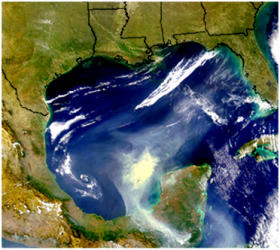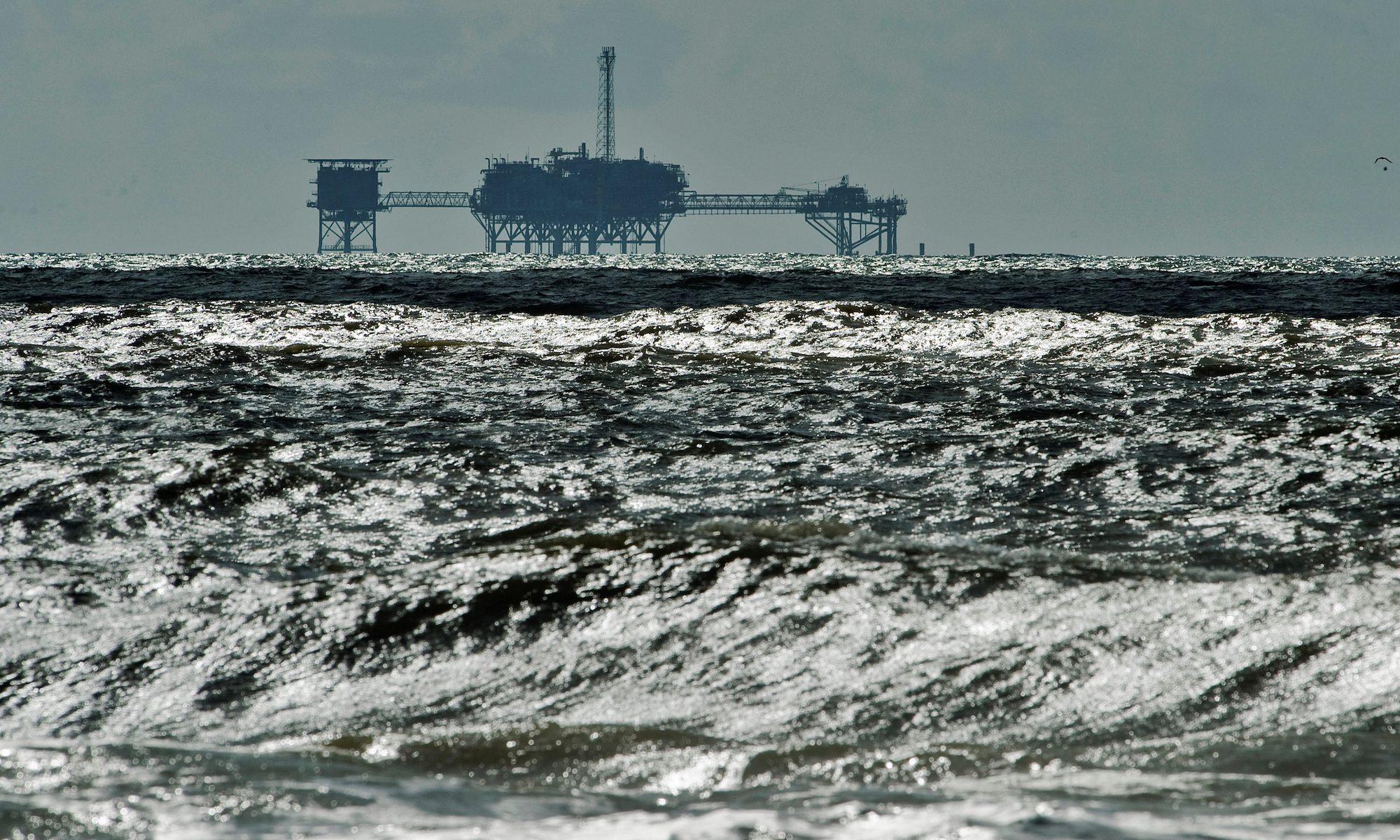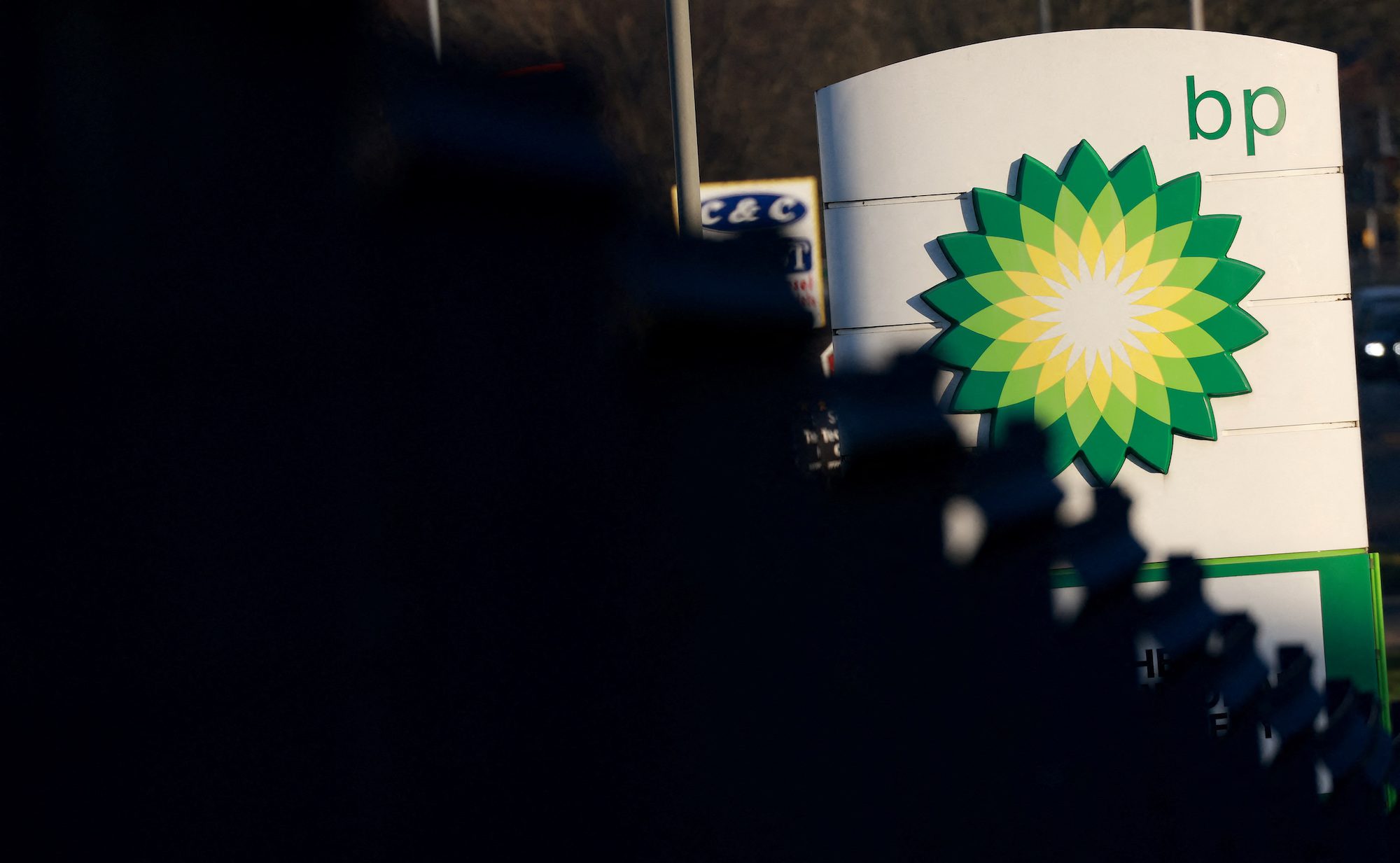HOUSTON—When the staggering costs of BP PLC’s deep-water Gulf of Mexico oil spill became clear, investors feared that small, independent oil and natural-gas producers would have to leave the area.
These companies, relatively small by energy-industry standards, didn’t have pockets as deep as those of the big oil companies—a necessity in the event of another spill.
But, surprisingly, few companies have abandoned their offshore positions a year after the Deepwater Horizon blast, which killed 11 and unleashed the largest marine oil spill in U.S. history.
Not only will they remain, some small producers vow, but they intend to double down on their bets on deep-water drilling in the U.S. Gulf.
“We’re staying,” said Al Reese Jr., chief financial officer of ATP Oil & Gas Corp., in an interview.
The Houston-based company, which has a market capitalization of less than $1 billion, last year saw its shares plummet due to its presence in the Gulf’s deep water.
But on March 18, when the government said it approved a deep-water drilling permit for ATP, shares jumped, ending the day 4.6% higher.
Fellow oil company W&T Offshore Inc. bought deep-water properties from Royal Dutch Shell PLC and Total SA after the spill. Plains Exploration & Production Co. recently decided to keep its deep-water assets, which it had sought to sell after the spill.
“The Gulf is going to get stronger,” W&T Chief Executive Tracy Krohn said in a recent meeting with investors.
Small companies have played a big role in making the Gulf of Mexico one of the world’s most productive oil and natural-gas basins. In the 1990s, as production declined in the Gulf’s heavily explored shallow waters, scrappy independent companies were among the first to venture out to the outer continental shelf and prove that there were big reserves in depths greater than 1,000 feet.
But the Deepwater Horizon disaster, for which BP expects to pay about $40 billion, raised what were already high stakes.
Only giants with global empires such as BP, Exxon Mobil Corp. and Chevron Corp. could absorb such a hit. Indeed, many independent companies couldn’t afford spill bills such as the ones for billions of dollars that BP has tried to make its partners Anadarko Petroleum Corp. and Mitsui Oil Exploration Co. pay for the Deepwater Horizon clean-up.
According to Deloitte LLP, only 10 of the roughly 300 companies operating in the Gulf have a market capitalization of more than $30 billion and about 40% are worth less than $5 billion.
Tudor Pickering Holt & Co. analyst David Pursell said that, while there has been no broad exodus of independent producers, their future in the Gulf’s deep waters remains unclear.
“The questions are kind of still unanswered,” Mr. Pursell said. “Can these guys get access to [spill] containment equipment? Can they get access to enough insurance?”
Producers said it has been challenging, but they have found affordable insurance, mainly because BP was self-insured and didn’t roil the market with massive claims. And the industry has developed a pair of spill-containment cooperatives that have allowed producers to show regulators they can control a runaway well.
One lingering fear: lawmakers setting prohibitively high liability limits. After the Deepwater Horizon disaster, there was talk in Congress about raising oil companies’ liability cap under the Oil Pollution Act from $75 million to billions of dollars. That change never happened—but it doesn’t mean it never could.
“It’s possible to write legislation that effectively keeps all the little independents out of the Gulf,” said Bob Zahradnik, director of the Southern Ute tribe’s Growth Fund, which owns oil and gas explorer Red Willow Production Co.
Red Willow, formed by the tribe in 1992 to buy back natural-gas leases on its Colorado reservation, dove into the Gulf’s deep water in 2006. It now has interests in 21 deep-water leases.
Typically Red Willow, which joins with Houston Energy LLP to locate offshore prospects, bids on production blocks at government auctions and then brings in larger partners to help it to develop the reservoirs.
“There’s a niche for people like us,” said Mr. Zahradnik, formerly of Exxon Mobil, adding that the company looks for 50-million to 100-million barrel oilfields, which the oil majors consider small fry but which are big game for independents. “I mean, 50 million barrels is $5 billion.”
In late February, U.S. regulators approved the first deep-water drilling permit since BP’s spill, allowing independent oil company Noble Energy Inc. to drill what began as a Red Willow prospect in about 6,500 feet of water.
Though its interest has been reduced to 20.25% after selling larger stakes to Noble and BP, Red Willow expects the well, on which work began last week, to produce a “flash of cash” that it can reinvest in longer-lasting, less-risky onshore ventures, said Rob Voorhees, Red Willow’s president and chief operating officer.
“You spend a lot of money and get a little in return onshore,” Mr. Voorhees said. In deep water, however, “we have one well that’s going to swing the nature of our business.”
By Ryan Dezember, Dow Jones Newswires
Unlock Exclusive Insights Today!
Join the gCaptain Club for curated content, insider opinions, and vibrant community discussions.

 Join The Club
Join The Club













